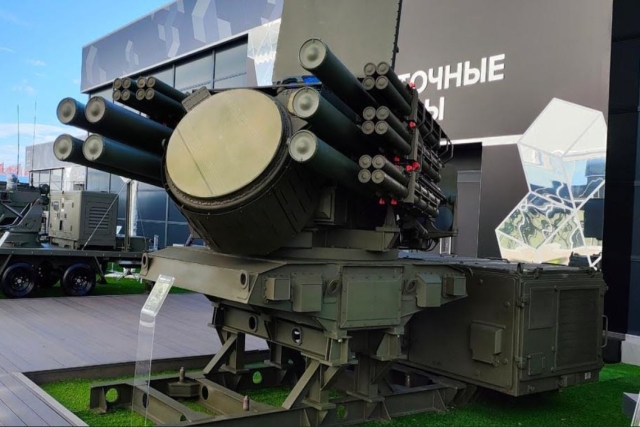MEADS Sensor Successful In Test, Tracks And Relays Aircratf's Location
A Medium Extended Air Defense System (MEADS) Low Frequency Sensor has proven its ability to cue the Multifunction Fire Control Radar (MFCR) in a test.
During the demonstration, the UHF Low Frequency Sensor acquired and tracked a small test aircraft and relayed its location to the MEADS Battle Manager, which generated corresponding cue search commands to the X-band MFCR. The MFCR then searched the cued area, acquired the target and established a dedicated track.
The capability was demonstrated in full 360-degree rotating mode. The test was repeated multiple times using small aircraft flying into and out of Syracuse's Hancock Airport. The two radars were more than ten miles apart during the test. The demonstration was part of an incremental test program that culminates in a formal flight test later this year at White Sands Missile Range. No other transportable air and missile defense radars provide this combination of 360-degree coverage, superior range, and positioning flexibility.
MEADS International President Dave Berganini, said, "This milestone event clearly shows the extraordinary capability of these radars to detect and track threats, and to support an expanded network deployment. The MEADS radars offer greater coverage and flexibility, including complete 360-degree defense to protect military sites and civilians against next-generation threats."
The MEADS Low Frequency Sensor is a 360-degree active electronically-steered array radar that provides extended range coverage. The MEADS MFCR is a 360-degree X-band, solid-state, phased array radar. It provides precision tracking and wideband discrimination and classification capabilities. Both of these radars provide threat detection capability against highly maneuverable low-signature threats, including short- and medium-range ballistic missiles, cruise missiles and other air-breathing threats.
Using their plug-and-fight capabilities, both the Low Frequency Sensor and MFCR are designed to act as nodes on the MEADS network or other future integrated air and missile defense networks, providing increased capability and flexibility to the warfighter.










